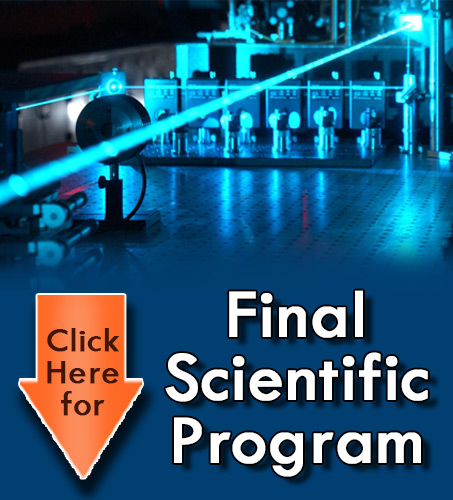
Biography
Biography: Yongsoo Lee
Abstract
Studies on laser emission made the application to human skin possible. However, even though the signifi cance of irradiation has been recognized through adverse eff ects, such as post-laser burns and spotty hypopigmentation, few studies have been performed on laser irradiation. Excessive overlap of laser beams over a short period of time causes burns, while excessive overlap over a long period of time (days) results in spotty hypopigmentation, even with carefully-set emission parameters. Th is small fraction of adverse eff ects may be preventable through the use of robotic laser irradiation. Last April, in San Diego, CA, USA, a comparative study on manual and robotic irradiation was presented at the 37th Annual Conference of the American Society for Laser Medicine and Surgery. Th is study entitled as “Comparative Analysis of the Evenness of Laser Irradiation by a Robot vs. Human Hand: A Pilot Study of the Implication on the Eff ectiveness and Safety of Energy-Based Medical Devices”, demonstrated that robotic irradiation was more consistent and even compared with manual irradiation at frequencies of 10 Hz and 30 Hz. Moreover, the inconsistency of manual irradiation at frequencies of 10-30 Hz was demonstrated, while the robot demonstrated no statistical inconsistency at 10-30 Hz. Truly even laser beam irradiation of three-dimensional surfaces, such as the human face requires a high degree of precision and consistency, as the curvature varies from one point to another. Studies on laser irradiation have been nearly impossible, because of the inaccuracy and inconsistency of the human hand. As inconsistency and imprecision can be overcome with robotic irradiation, new study subjects have arisen for investigation of the eff ects of irradiation patterns on clinical outcomes. Robotic irradiation would enable us to achieve quicker and better outcomes, as well as to prevent the adverse eff ects described above.

